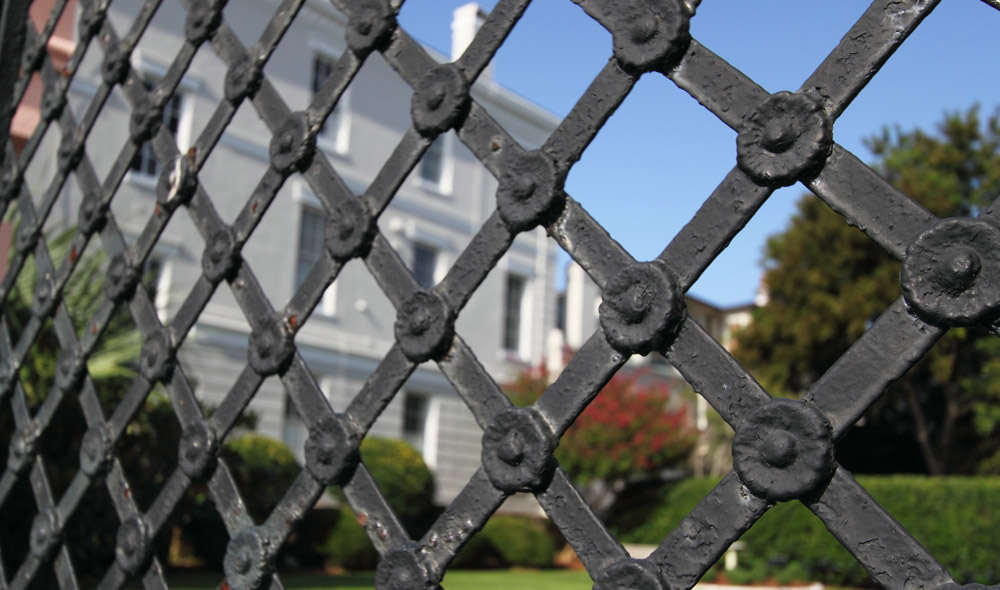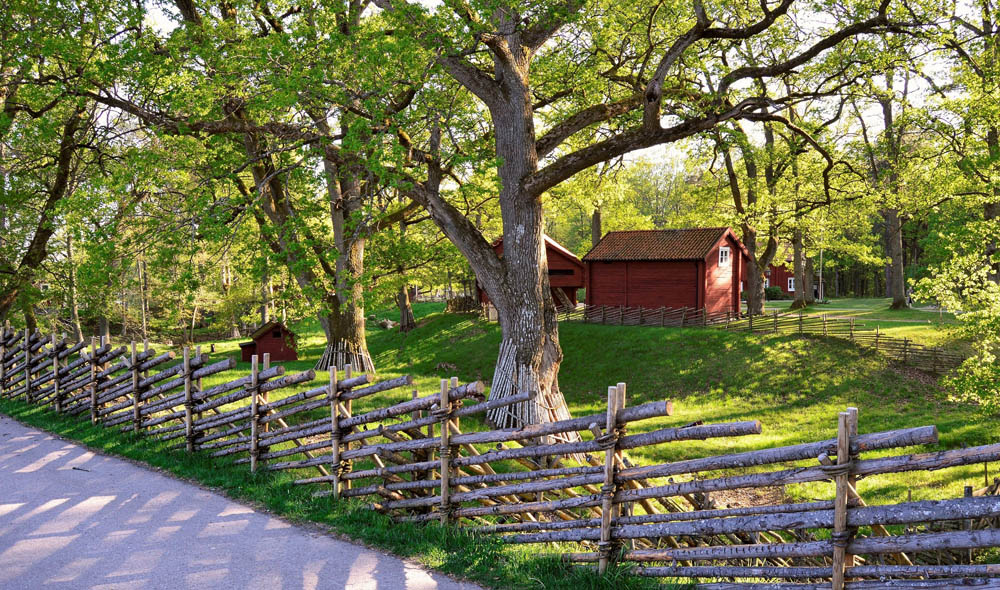Can My Neighbor Legally Paint My Fence? Understanding Property Boundaries
Maintaining a harmonious relationship with your neighbors is important, especially when it comes to property boundaries and shared structures like fences. However, disputes may arise, and questions may emerge regarding what your neighbor can and cannot do with regards to your fence. In this blog, we will explore the legal aspects surrounding the question “Can my neighbor legally paint my fence?”
Understanding Property Boundaries
Before delving into the specific issue of painting a fence, it’s crucial to have a clear understanding of property boundaries. Property boundaries are determined by legal documents, such as surveys and land deeds, which outline the precise limits of your property. These boundaries establish ownership rights and responsibilities for each piece of land, including any structures, like fences, that are situated on them.
Shared or Boundary Fences
In many cases, fences are built on property lines, serving as shared or boundary fences between neighboring properties. These fences are jointly owned by both neighbors, meaning that both parties have certain rights and responsibilities regarding their maintenance and alteration.
Consent and Communication
When it comes to altering or making changes to a shared or boundary fence, it is essential to have open communication and obtain mutual consent from your neighbor. Generally, both neighbors should agree on any modifications to the fence, including painting it.
Fence Maintenance
In terms of routine maintenance, such as cleaning, repairs, or applying protective coatings, each neighbor has the responsibility to maintain their side of the fence. This means that if your neighbor wants to paint their side of the fence, they are generally allowed to do so as long as it does not infringe upon your property or affect the structural integrity of the fence.
Property Encroachment
If your neighbor intends to paint your side of the fence without your consent, it may be considered an encroachment on your property. Encroachment refers to any unauthorized use or alteration of someone else’s property. Painting your side of the fence without permission could be a violation of your property rights.
Legal Recourse
If you find yourself in a situation where your neighbor has painted your fence without consent, it is advisable to address the issue through open dialogue and peaceful resolution. Start by discussing the matter with your neighbor, expressing your concerns and desire to have the fence restored to its original condition.
If communication fails or the dispute escalates, you may need to seek legal advice. Laws regarding property boundaries and shared fences can vary depending on your jurisdiction, so it’s important to consult a legal professional who specializes in real estate or property law to understand your rights and options for recourse.
In general, your neighbor does not have the legal right to paint your fence without your consent. Shared or boundary fences should be maintained and modified through mutual agreement and open communication. Understanding your property boundaries and engaging in respectful discussions with your neighbor can help prevent disputes and maintain positive relationships within your community. If conflicts arise, consult legal professionals to navigate any potential legal issues and find a resolution that is fair to both parties involved.














